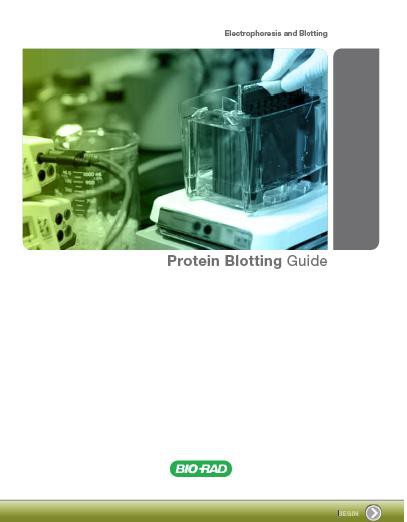According to a new policy released earlier this month, the National Institute of Health (NIH) will now allow unsuccessful applicants to resubmit their application for the next application round without including any new information in the resubmitted grant.
The NIH claimed that due to the funding crisis, many meritorious applications, which would have otherwise been funded, were turned down. According to the old policy, the rejected applications could not be resubmitted in their original form and would have had to be reworked before being resubmitted. The effect of this policy was that applicants would have to add new material in the resubmitted grant, despite the fact that the application was strong to begin with. Furthermore, young investigators, already dejected by the original grant rejection, were more apt to leave their positions rather than having to redo and resubmit their original grant. By allowing scientists to resubmit their original grant without significant changes, the NIH will significantly increase the number of meritorious applications in subsequent rounds.
Until October 2008, the NIH did not have resubmission rules governing the grant application process. In a sweeping change in 2008, the NIH placed restrictions on the type of content applicants were allowed to resubmit and instituted a two strike rule that meant that the applicant needed to substantially re-design the project rather than simply change the application in response to previous reviews. The new policy reverses that ruling and will hopefully encourage more young investigators to pursue their dreams without the fear of rejection or failure.
Tags: life science funding, NIH, nih guidelines















